
I am thrilled to be welcoming Olivia Longueville back to the blog – with a wonderful article exploring the impact of Anne Boleyn’s early years spent at the glittering and refined court of Margaret of Austria, Dowager Duchess of Savoy, in the Burgundian Netherlands. And Olivia is the perfect person to write this article – she just re-released Between Two Kings, a fascinating and unique reimagining of Anne Boleyn’s life. With no further ado, enjoy!
***
Thomas Boleyn, Anne’s father, was well regarded by Margaret, the regent of the Low Countries, and he managed to place Anne in Margaret’s household, which was a very high honor. Anne became one of Margaret’s 18 filles d’honneur (maids of honor). We do not know why Anne’s elder sister, Mary Boleyn, was not sent there instead of her, but perhaps Thomas favored Anne more and considered her more intelligent than Mary.
In the Burgundian Netherlands, Anne resided at Margaret’s favorite palace not far from the city of Brussels, the Hof van Savoye (Court of Savoy) in Mechelen. By the time the very young Anne arrived there, Mechelen had reached its zenith as an economic, cultural, and entrepreneurial center of the region. Margaret held a brilliant court in this place from 1507 to 1517 and from 1519 to 1530. She was committed to Italian classicism, which encouraged northern painters to develop a similar style, paving the way for the Northern European Renaissance. She also adored the old conservative Gothic Flandrian style. Her court was full of creative people, among them Flemish painters as Quentin Massys, Lucas van Leyden, and Michael Sittow, who worked for Isabella of Castile and the Habsburgs, as well as the miniaturist Gerard Horenbout of Ghent.
At Mechelen, Anne was under the care of the older mère de filles. Due to her age, she had no special duties; Anne was expected to be amiable and courteous, to study languages (especially French) with her tutor, Symonnet, and perhaps to stroll with one of Margaret’s many dogs. As Thomas Boleyn was a diplomat exceptionally skilled in languages, it is natural to assume that Anne might have already understood basic French by the time of her arrival in Flanders. Margaret did not speak English, so she insisted that Anne be intensively instructed in the French language. We know from Margaret’s correspondence with Thomas Boleyn that she adored Anne: “I find her [Anne Boleyn] so bright and pleasant for her young age that I am more beholden to you for sending her to me than you are to me.”
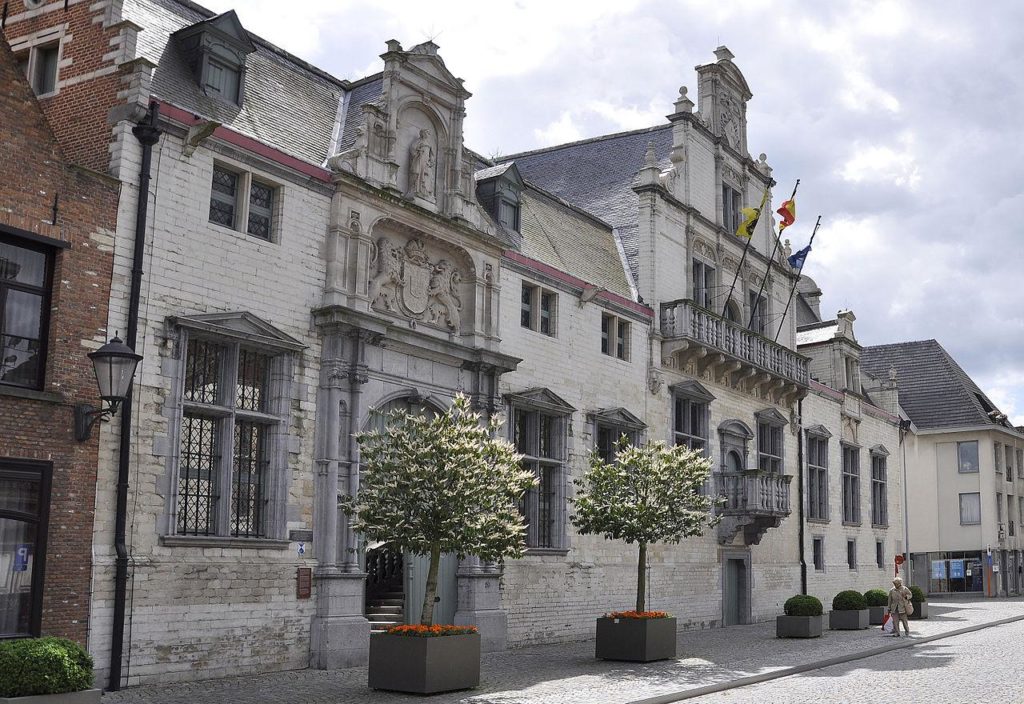
modern Belgium
Margaret of Austria had spent her early years at the French court in the anticipation of her marriage to King Charles VIII of France. However, Charles had repudiated her and married Anne de Bretagne (Anne of Brittany) instead. Margaret was sent home to Flanders, and she developed a loathing of the House of Valois that remained for the rest of her life.
Nevertheless, it was in France where she had been taught to paint, presumably by Jean Perréal (a French painter, architect, and sculptor in the early 16th century). Margaret herself did not have a great talent in painting, but this experience exposed her to the arts for the first time. In her adulthood, Margaret possessed a small silver box containing paint brushes decorated with silver, and as one of her filles d’honneur, Anne must have seen them. At the time, Anne was too young to mingle with the artists who crowded Margaret’s court, but she must have seen many of them as they were part of Margaret’s entourage. Taking into account Anne’s intelligence and curiosity, it’s likely that she had many questions about painting and the arts, which might account for some of Margaret’s affection for the young girl. We know that this early introduction to the arts had a long-lasting impact on Anne as the Flemish miniaturist Gerard Horenbout and his son, Lucas, later worked at the Tudor court for a brief time, having received commissions from Anne.
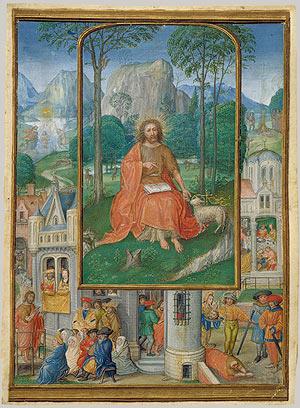
Among the paintings displayed at the court would have been an intriguing depiction of Margaret engaged in a game of cards. Van Leyden was one of the first artists to portray people gambling (a theme more prevalent in 17th century art), but since gambling was popular at Margaret’s court, Anne would have witnessed high-ranking nobles playing games of cards as a form of entertainment.
There is little doubt that Anne’s love for the arts, literature, poetry, sculpture, and illuminated manuscripts originated at Margaret’s court. She would have been exposed to masterpieces in Margaret’s extensive library such as Flemish illuminations and manuscripts made in the older Burgundian style and the gorgeous illuminated Très Riches Heures du Duc de Berry (The Very Rich Hours of the Duke de Berry). Anne might have seen and perhaps attempted to read missals, poetry, historical and ethical treatises in this library, including the original works of Christine de Pizan, writings of Aristotle, Seneca, and Socrates, as well as medieval romances such as the Round Table and Merlin. If she was born in 1507 (as I believe), she might not have been able to understand these complex works, but with her intelligent and precocious mind, they still would have interested her.
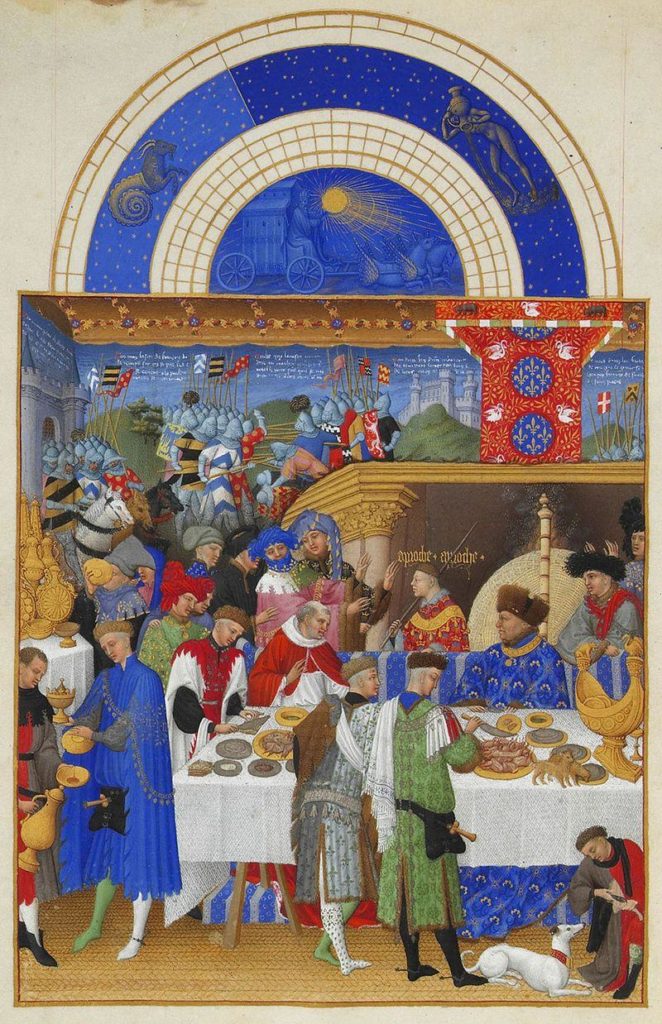
Berry exchanging New Year gifts. The Duke is seated at the right, in blue
Margaret of Austria loved music. There were many talented Franco-Flemish composers and singers of the Renaissance at her court, among them Josquin des Prez, Gaspar van Weerbeke, and Pierre de la Rue, who was her favorite. Anne must have heard the performances of these composers and those from the Habsburg-Burgundian musical chapel. Anne’s young and artistic soul was inspired by chansons, masses, and motets. Anne also saw majestic tapestries and arrases manufactured by expert Flemish weavers. The French late-Gothic and Renaissance sculptor Michel Colombe also worked at Margaret’s court. The palace of Mechelen was full of precious objects d’art: paintings, books, sculptures, and so on.
Her life at Mechelen had an impact on Anne’s understanding of architecture. After living at quiet Hever Castle, the girl must have been impressed by this lively city with its cobbled streets crowded with merchants in the daytime, as well as its houses in the Flemish style and churches in the Brabantine Gothic style. She must have visited grand St Rumbold’s Cathedral, which had been constructed after 1200 and completed in the 14th century. With the addition of its flying buttresses and choir structure, the cathedral acquired Brabantine Gothic characteristics, which were distinct from French Gothic cathedrals. The Hof van Savoye, which was the first Renaissance building in the Low Countries, with its stunning frontage and the charming garden, impressed Anne so much that years later Whitehall Palace was rebuilt on the orders of Anne and Henry to recreate the palace at Mechelen.
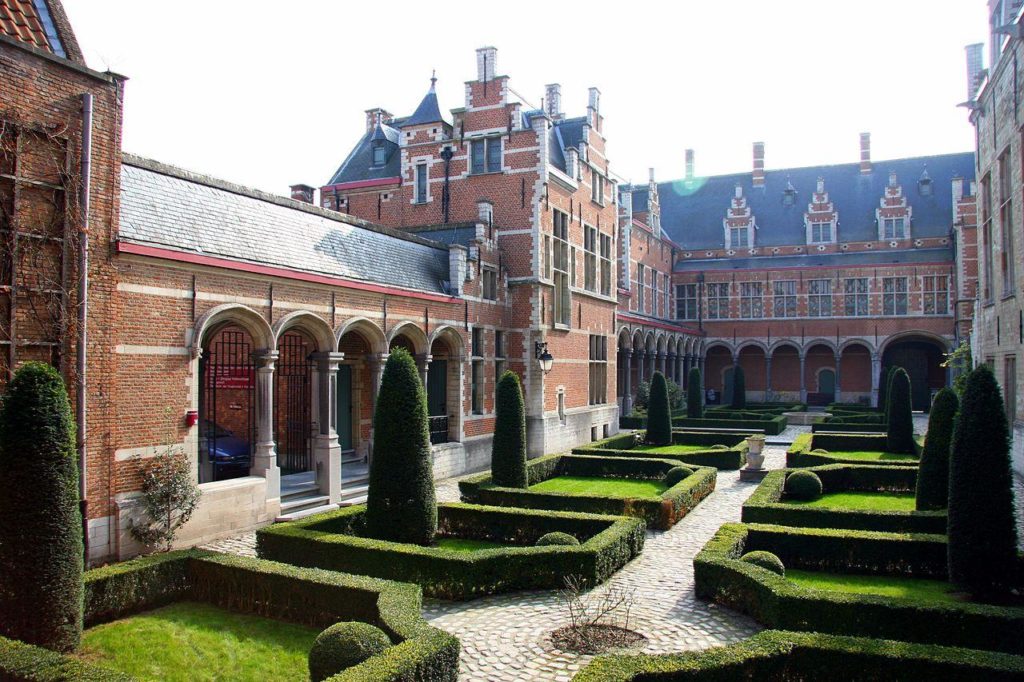
Mechelen, modern Belgium
Margaret, who had been raised in France by Anne de France, or Anne de Beaujeu (Madame de la Grande, as she was called during her regency for her brother Charles VIII of France), had been taught the most impeccable court etiquette from her childhood. It was an incredible advantage for Anne to be educated under the close supervision of this cultured woman. Anne learned to behave properly and diplomatically, to dress tastefully and elegantly, and to interact comfortably in a sophisticated court environment. These early formative years transformed Anne from a young girl into an adolescent with exquisite manners and style. This foundation allowed her to blossom into a unique and stunning young woman at the Valois court.
We don’t know exactly when Anne left the Low Countries and went to France, but ThomasBoleyn asked Margaret of Austria to release his daughter from her service in August 1514. Perhaps Anne joined the entourage of Princess Mary Tudor in France at Abbeville, where Princess Mary married the aging King Louis XII of France. Anne might have arrived a little laterat the time of Mary Tudor’s coronation at Basilica of Saint-Denis on the 5th of November 1514. After Louis’s death at the beginning of 1515, Mary Tudor soon married Charles Brandon, Duke of Suffolk, and returned to England with him. Yet, Anne did not come back; instead she entered the service of Queen Claude of France, wife and cousin of the young and flamboyant King François I of France. Most likely, her father, who strove to give Anne the best education possible, arranged for his daughter to stay and continue her education in France, for he likely considered the Tudor court to be behind the more progressive continental courts. Her years in France further refined Anne into the stunning woman who would captivate a king and climb to the pinnacle of royalty as Queen of England.
***
If you loved the post, you might want to check out Olivia’s new release – Between Two Kings. Here’s the blurb:
Anne Boleyn is imprisoned in the Tower of London on false charges of adultery, high treason, and incest on the orders of her husband, King Henry VIII of England. Providence intervenes – she escapes her destined tragedy and leaves England. Unexpectedly, she saves King François I of France, who offers her a foolhardy deal, and Anne secretly marries the French monarch.
With François’ aid, she seeks vengeance against the English king and all those who betrayed her and designed her downfall in England. Henry must face the deadly intrigues of his invisible enemies, while his marital happiness with his third queen, Jane Seymour, is lost and a dreadful tragedy also strikes the king. The course of English and French history hangs in the balance.
From the gloomy Tower of London to the opulent courts of England, France, and Italy, brimming with intrigue and danger – Anne Boleyn survives, becoming stronger and wiser, and fights to prove her innocence. Her hatred of Henry is inextricably woven into her existence.
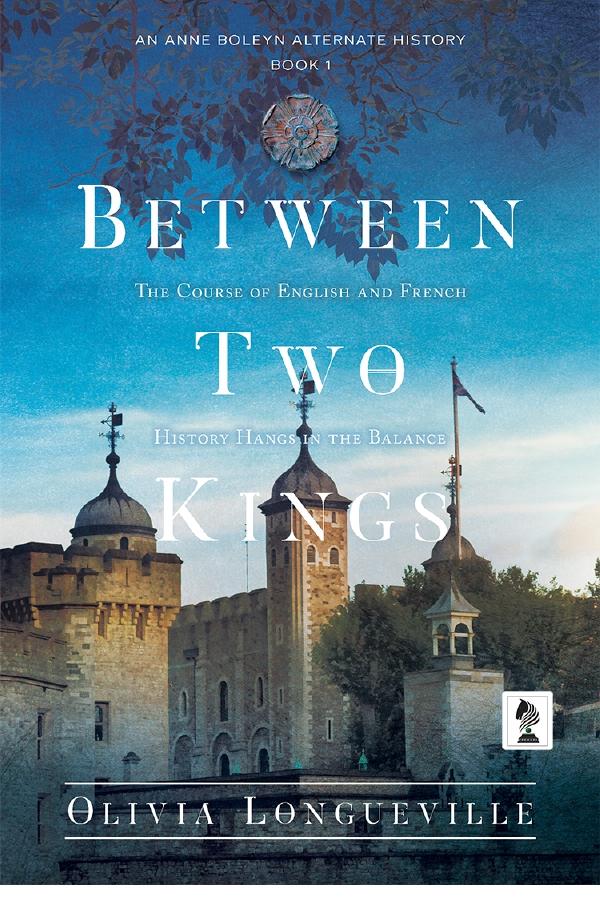
***
And of course, feel free to show my own books some love as well! Jane the Quene and The Path to Somerset have finally been joined by The Boy King – now available through Amazon, Barnes & Noble, Kobo, and Apple!

(What? You haven’t read Jane the Quene or Path to Somerset yet? Please do! And equally important – please leave a review – even just a star rating! It makes a huge difference in helping new readers find them and would mean the world to me!)
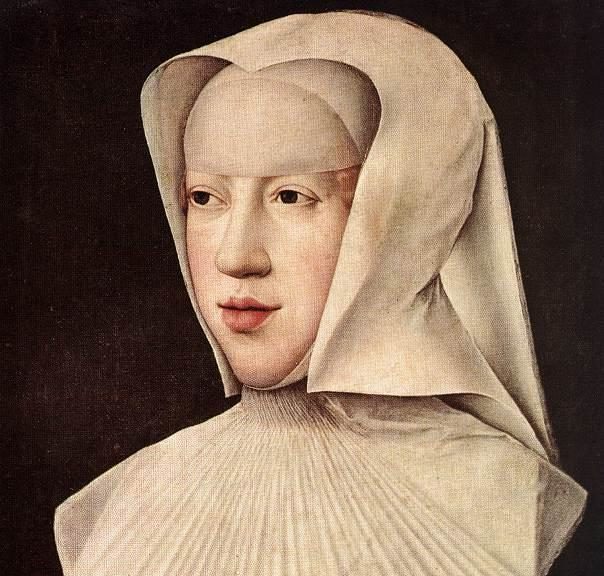
I never knew Anne had spent time in the Netherlands, and I’ve read a ton of literature on her. Thanks for this very interesting information. Anne was very intelligent, an attribute that attracted some men to her (as opposed to her appearance). In my opinion she was more intelligent than Henry and that Elizabeth inherited Anne’s intellectual abilities.